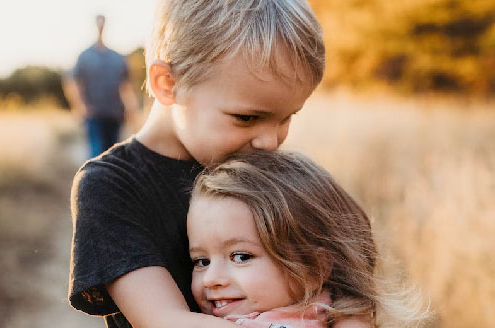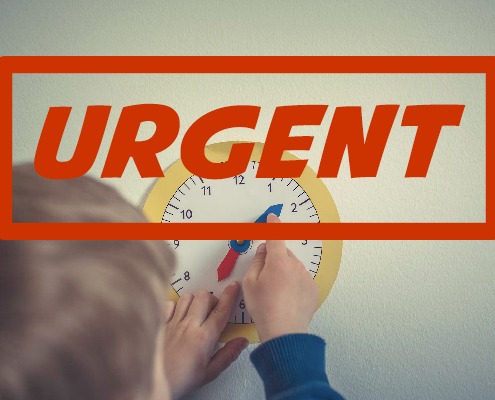Tag Archive for: Becoming a Safe Church for Kids

Step Nine: Educate children about personal safety
Articles, ADVOCATES, MINISTRY LEADERS Steps to Safe ChurchNo child abuse prevention plan is complete without a plan to reach out to the youth of the church with education. With education, youth are more likely to know when something is wrong. They will feel more empowered to disclose abuse and get…

Step Ten: Review and maintain your child protection program
Articles, ADVOCATES, MINISTRY LEADERS Steps to Safe ChurchA program is only effective when it is followed and evaluated. Once you have child abuse response and prevention protocols and policies in place, create a plan to review the program regularly.
Evaluation
Regular evaluation of the church’s…

Step Eight: Create guidelines for responding to abuse
Articles, ADVOCATES, MINISTRY LEADERS Steps to Safe ChurchLearning that a child has been abused while in the church’s care is a stressful situation, making good decisions more difficult to make. Churches with pre-established protocols have a road map to follow. This ensures that the response to abuse…

Step Seven: Support abuse survivors
Articles, ADVOCATES, MINISTRY LEADERS Steps to Safe ChurchMore than one out of four people have experienced or are currently experiencing abuse, yet over half of all Protestant pastors do not know of any survivors of abuse in their church. This is concerning. Abuse can have huge spiritual consequences,…

Step Six: Train adults to recognize and respond to abuse
Articles, ADVOCATES, MINISTRY LEADERS Steps to Safe ChurchTraining the adults in the church is a vital step to keeping children safe. At a minimum every person who interacts with children needs training before interacting with youth in the church. Training includes:
Signs of sex abuse and sex…

Step Five: Implement Guidelines for Youth Leaders
ADVOCATES, MINISTRY LEADERS, Articles Steps to Safe ChurchBoundaries are important and keep people safe. The fence around a power plant is meant to keep people a safe distance from danger within. Boundaries are also loving. We tell kids to not put their fingers in the outlet because we don’t want…

Sample Standards for Interactions with Minors and/or Vulnerable Adults
Articles, ADVOCATES, MINISTRY LEADERS Steps to Safe Church(Taken from virtusonline.org)
Examples of appropriate contact with minors for Church programs include, but are not limited to:
Verbal praise
Brief side hugs or arm around the shoulder
Brief pat on the shoulder or upper back
Handshakes,…

Step Four: Assess Your Space
Articles, ADVOCATES, MINISTRY LEADERS Steps to Safe ChurchChildren need a safe environment in which they can learn God’s Word. Careful facility design is an important step to overall child safety. Providing a safe environment for kids involves regular safety inspections for items like outlet covers…

Sample Site Assessment Checklist
Articles, ADVOCATES, MINISTRY LEADERS Steps to Safe ChurchThis checklist is not exhaustive. It is meant to be a starting point and should be adapted to meet the individual needs of each facility.
Room security
Room access is secured so children cannot enter or leave without supervision.
Staircases…

Step Three: Know Your Volunteers
Steps to Safe Church Steps to Safe ChurchThe church must surround the children in its care with people who are safe and loving. Why, then, do so many churches fail to properly vet those who work with them?

Step Two: Create Urgency
Steps to Safe Church Steps to Safe ChurchPeople in the congregation must first understand the statistics and results of child abuse to feel compelled to do something about it.

Step One: Form a Child Safety Committee
Steps to Safe Church Steps to Safe ChurchThe work of ensuring children are safe in religious settings is not something that can fall on one person’s shoulders.
